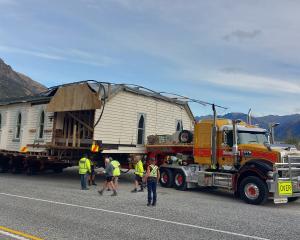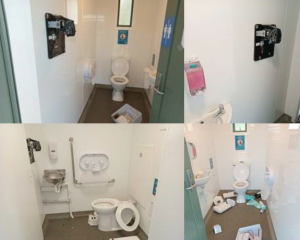"Smart science'' has enabled Environment Southland (ES) to more accurately define which of the region's waterways and underground aquifers are most susceptible to pollution from stock effluent and other contaminants and incorporate that information in its proposed Water and Land Plan.
"It is the science that underpins this document. What it means is we don't have to have blanket 'one size fits all' rules,'' policy and planning manager Anita Dawe said.
The proposed plan was released yesterday after a 15-month voluntary consultation period. Formal consultation has now begun, with submissions closing on August 1 and hearings scheduled early next year.
Scientists had combined information such as water origin, soil type, geology and topography to create nine different physiographic zones in Southland, policy, planning and regulatory services manager Vin Smith said.
They included alpine, bedrock/hill country, central plains, lignite/marine terraces, peat wetlands and riverine.
Each zone was different in the way contaminants built up and moved through the soil into aquifers and waterways.
"While most other regional councils have these individual layers of information, what we have been able to do using some very smart science is to bring them together, to actually understand the relationship between what's occurring on the land and what's happening in the water,'' Mr Smith said.
"It's been peer reviewed nationally and internationally and has come through with flying colours.''
He said ES was "a couple of steps further ahead than anywhere else'' in its development of zonal information and its approach was the envy of many other regional councils.
All the scientific information would be available to farmers, he said.
"I think what we have been able to achieve here is great. It ensures we are actually focused on the opportunities and constraints of a particular area. Because no-one wants to see people spend money on doing things which aren't actually making a difference [to water quality].''
Under the National Guidelines for Freshwater, ES must have water catchment limits in place across Southland by 2025.
Mr Smith said the proposed plan was a first step towards that.
"This is about laying the foundations on which the limit-setting process is going to occur.''
Main proposals
• Aims to halt any further decline in water quality
• Seeks to manage activities known to adversely affect water quality such as land use intensification, wintering, and stock in waterways
• Requires all farmers to know which physiographic zone they are in and the water contamination risks associated with that zone
• Requires an estimated 3000-3500 farms to produce environment management plans
• Requires dairy farm conversions and dairy farmers increasing herd numbers to obtain resource consent
• Increases the amount of water which can be taken daily, reducing the number of water consents needed by about 600










